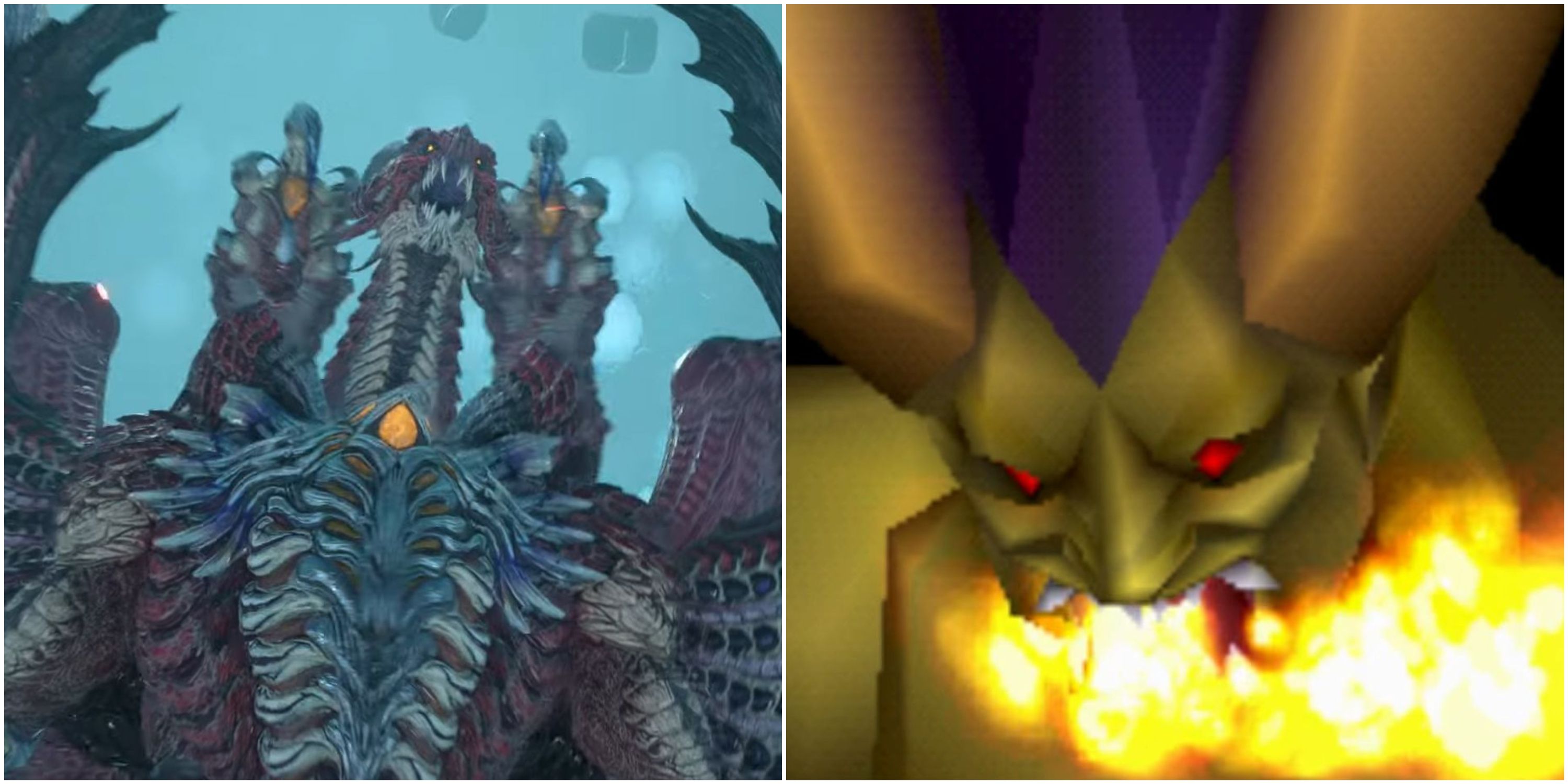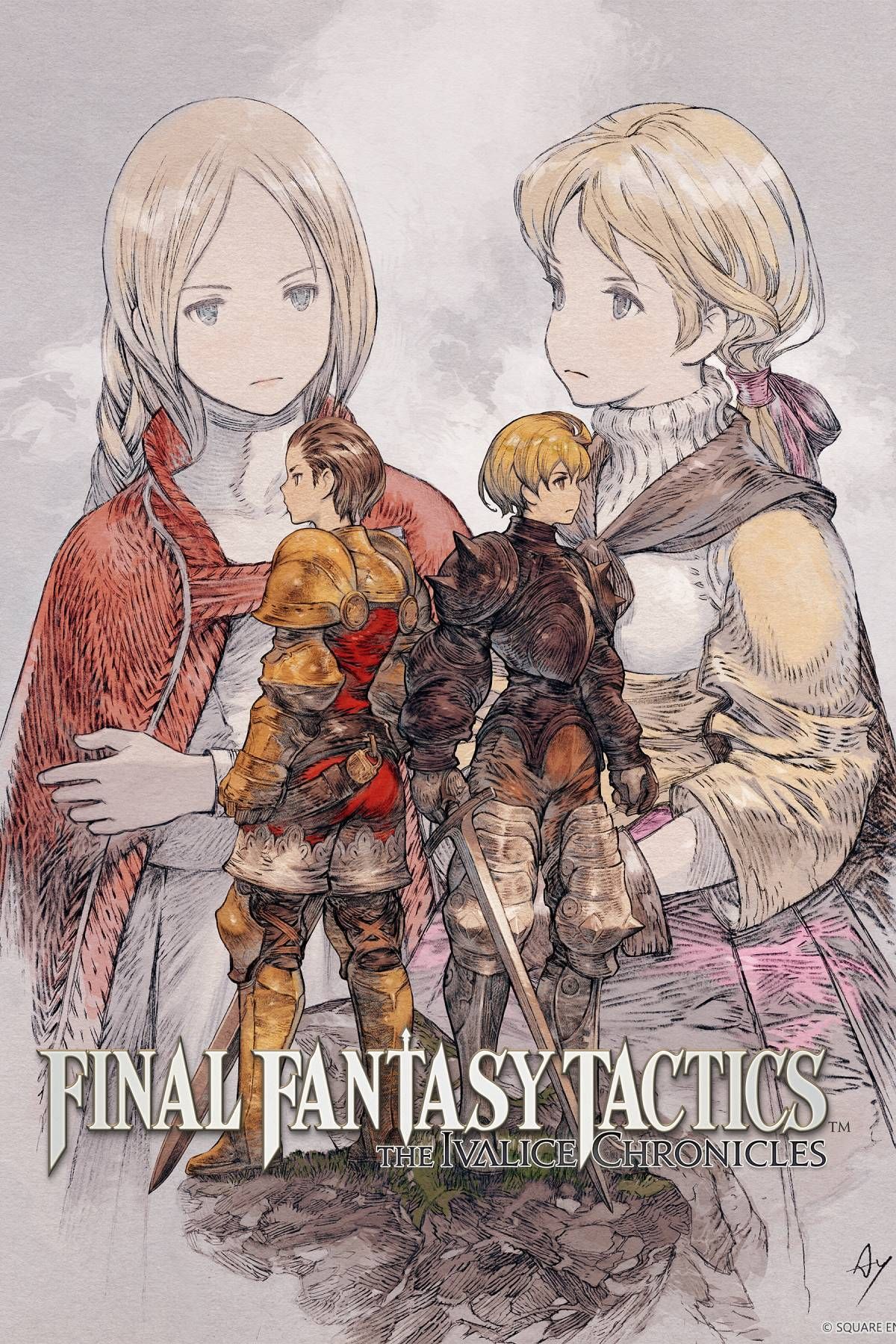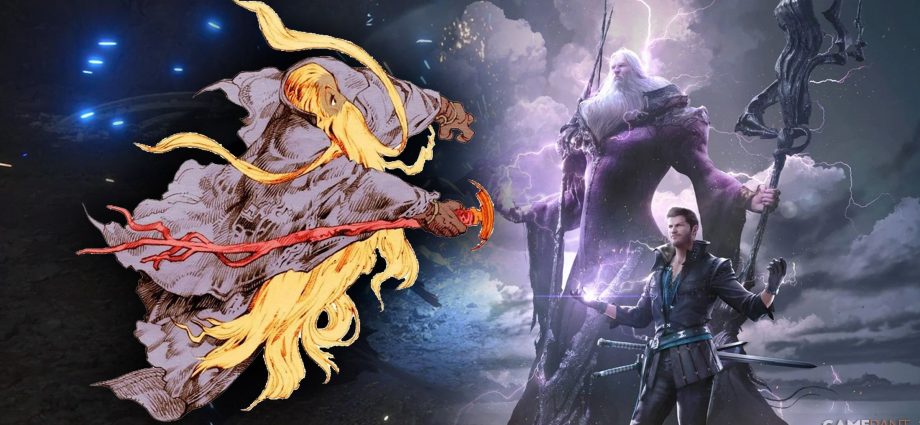Ramuh has long served as the thunder-wielding sage of Final Fantasy, bringing down bolts of judgment on enemies across generations. However, like other recurring summons in the series, Ramuh’s role varies dramatically depending on the game. Nowhere is that contrast sharper than between Final Fantasy Tactics and Final Fantasy 16. Both summon Ramuh, but for completely different purposes and in entirely different formats.
On one side is Final Fantasy Tactics, a grid-based strategy RPG that makes summoning a calculated choice within the framework of its job system. On the other is Final Fantasy 16, an action RPG where Ramuh’s lightning is channeled through the protagonist in a way that feels more fused to narrative than gameplay. This difference says a lot about what each game prioritizes, and how Final Fantasy continues to shift its core identity between tactical control and cinematic intensity.

Related
8 Final Fantasy Games With The Best Summon Animations, Ranked
Summons are a core aspect of Final Fantasy. These games did the best job of making their animations look fantastic.
Final Fantasy Tactics Ramuh Prioritizes Strategy
In Final Fantasy Tactics, Ramuh is one of several espers available through the Summoner job. Like Ifrit and Shiva, Ramuh is cast using MP, has a charge time, and targets a wide area of the battlefield. His lightning strike is one of the more reliable options for magical offense, dealing high damage while respecting the game’s elemental system. With an MP cost of 24 and a casting time of 4, Ramuh offers a solid balance between power and planning.
Where Ramuh stands out is his ability to ignore Magick Evasion and target only enemies, even if allies are standing nearby. This makes him especially useful in the tight, clustered skirmishes that Final Fantasy Tactics is known for. His attack, Judgment Bolt, hits multiple enemies at once and can turn the tide of a fight when timed properly.
Ramuh has appeared in nearly every mainline Final Fantasy game since his debut, often serving as the series’ primary lightning-element summon. While his design and mechanics have evolved, he consistently represents wisdom, judgment, and raw elemental force across titles.
Using Ramuh in Tactics feels earned. The player must understand positioning, turn order, and resource management to cast him effectively. He is not a quick-win button but a calculated force that rewards foresight and discipline. His role is just one reason why Final Fantasy Tactics is so replayable.
Final Fantasy 16 Ramuh Embeds Power in the Protagonist
In Final Fantasy 16, Ramuh does not appear as a separate summon but instead becomes one of several Eikon powers that Clive Rosfield inherits. After defeating or aligning with a Dominant, Clive gains access to Eikon abilities, and Ramuh’s power comes with its own move set. This includes lightning attacks that can be charged, aimed, and combined with melee combos. Instead of calling down Judgment Bolt from afar, the player now becomes the conduit.
Ramuh’s Eikon skill tree focuses on ranged precision and stagger damage. Spells like Pile Drive and Blind Justice allow the player to manipulate lightning in creative ways, offering crowd control or focused burst damage depending on the situation. Visually, Ramuh’s abilities are some of the most dramatic in the game, with charged lightning arcs and wide flashes of energy.
The design of Ramuh in Final Fantasy 16 echoes earlier versions, with his signature staff and beard, but this time he appears as a ghostly avatar conjured through Clive, rather than a physical entity.
This method strips away the casting and MP systems of earlier games in favor of cooldowns and skill combinations. It changes the meaning of summoning entirely. Rather than being a standalone force, Ramuh becomes an extension of the main character, blending traditional magic with real-time action.
Ramuh Reflects Two Final Fantasy Philosophies
Ramuh is a perfect lens through which to view the design split between Final Fantasy Tactics and Final Fantasy 16. In the former, he is a resource to be managed, a tool within a grid of possibilities. In the latter, he is fused directly into the protagonist, serving as both weapon and symbol. One emphasizes external strategy. The other, internal empowerment.
This contrast also highlights how Final Fantasy changes over time without discarding its identity. Fans of tactical decision-making find value in Tactics’ approach to Ramuh, while those drawn to emotional spectacle and quick reflexes may prefer how Ramuh operates in Final Fantasy 16. Both games treat him as a source of judgment and power, just filtered through different mechanical and thematic lenses.
With Final Fantasy Tactics: The Ivalice Chronicles‘ release date set for September 30, 2025, a new generation of players will have the chance to experience Ramuh’s tactical role for the first time. Comparing it to the more recent depiction in Final Fantasy 16 gives a sense of how flexible the series really is, and how even the same summon can be reborn with new meaning across time.

Final Fantasy Tactics: The Ivalice Chronicles
- Released
-
September 30, 2025
- ESRB
-
Teen / Fantasy Violence, Blood, Mild Suggestive Themes, Mild Language, Drug Reference
- Number of Players
-
Single-player
- PC Release Date
-
September 30, 2025
- Xbox Series X|S Release Date
-
September 30, 2025
- PS5 Release Date
-
September 30, 2025
- Nintendo Switch Release Date
-
September 30, 2025
